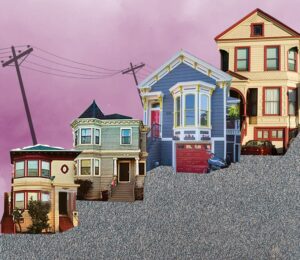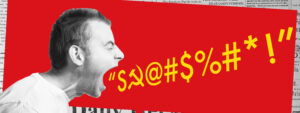
When I was in elementary school, I learned about Dia de los Muertos for the first time. Granted, it was a very basic and quick lesson that took less than a day, but it was very influential. In fact, after learning about it I went home and asked my family more about it. When I asked why we did not celebrate it, they said that it was because people don’t celebrate it here in the United States, but only in Mexico. More importantly, that was at a time when I remember specifically telling myself, “I’m proud to be Mexican!”
Don’t get me wrong, I was raised to be proud of who I am, and part of that was being proud of being Mexican, even if I didn’t know that at the time. The pride of being Mexican just flooded my mind, when I learned about the beautiful celebration of Dia de los Muertos though.
For those who are unfamiliar with Dia de los Muertos, here is a quick explanation. Nov. 2 is the one day of the year that our departed loved ones are allowed to come back and roam the earth from the afterlife. In preparation – months, weeks or days before – families put together an altar where they put a number of things: photos of their loved ones, marigolds that shine brightly like the sun and light the way from the afterlife, food that the deceased loved, as well as anything else that may have made them happy in their life on earth. Altares (altars) are decorated, ranging from simple to very extravagant styles. People also paint their faces like sugar skulls to express the understanding that life and death are both natural parts of life, that death doesn’t mean a person is gone, but means eternal life and rebirth.
Since Halloween is so close to Dia de los Muertos, there are people who paint their faces as sugar skulls for a costume. The face painting and costumes are appropriative when people don’t understand the significance of what they are wearing. Face painting is symbolic for Dia de los Muertos and for those who celebrate it, not as a fashion statement or cute costume for Halloween. While it’s okay to appreciate the beauty of it all, it’s not okay to use these traditions as a costume for Halloween festivities.
The reason why I love Dia de los Muertos is still the same reason as when I was a little girl: it’s not a time to mourn the dead, but to celebrate their life and their accomplishments while they were with us. To me, the day is to remember our ancestors and welcome them back on earth and have the chance to reconnect with them as their spirits are beside us.
Now that I am older, I have spoken to my grandpa about wanting to celebrate more of our cultural traditions in the house, so that my grandparents can continue to celebrate and for my younger siblings and myself to learn more. I also am seeing more people of all generations showing and expressing pride in their culture. For instance, Dia de los Muertos Festivals were something I hardly heard about while growing up, and if I did, they were small. Today, there are festivals happening almost anywhere. Oakland hosted their 21st Dia de los Muertos Festival on Sunday Oct. 30 in the Fruitvale district.
Dia de los Muertos was the holiday that made me realize that being proud and understanding my culture is important. It is also my favorite holiday because it taught me that death is a part of life, and because of everything it represents and means to my culture and me.


